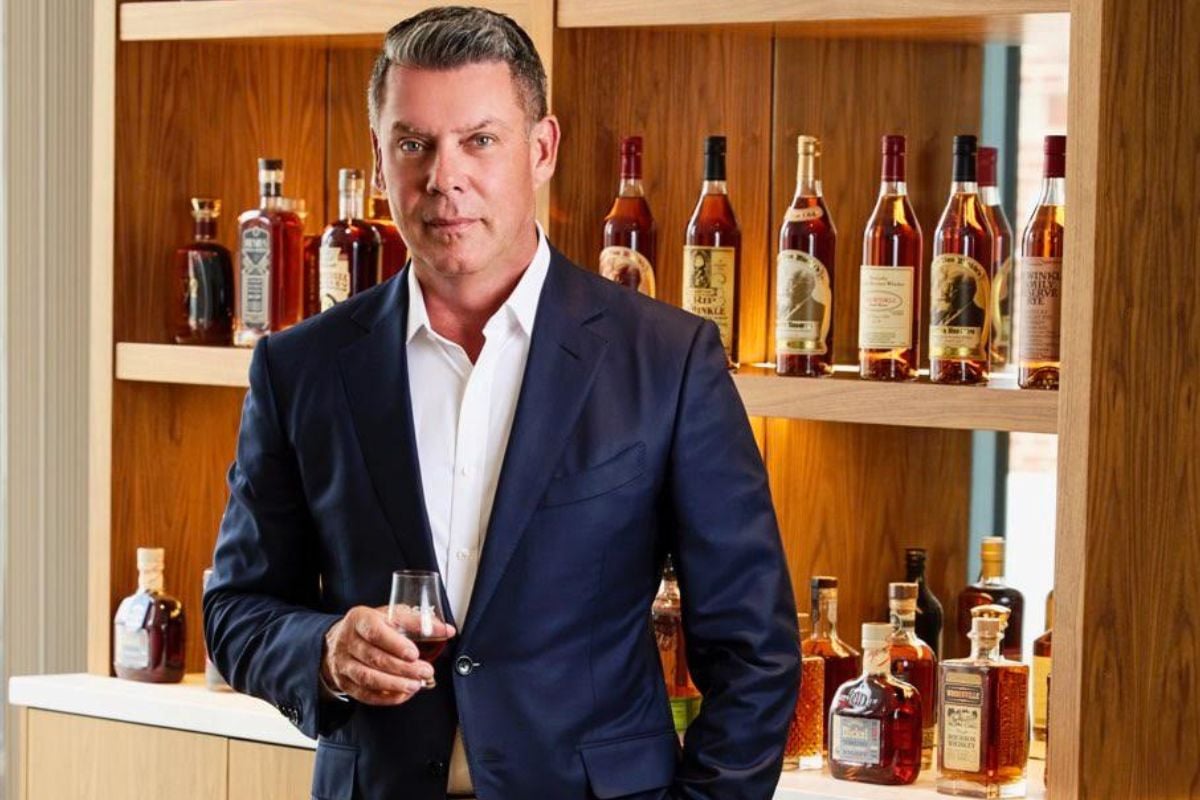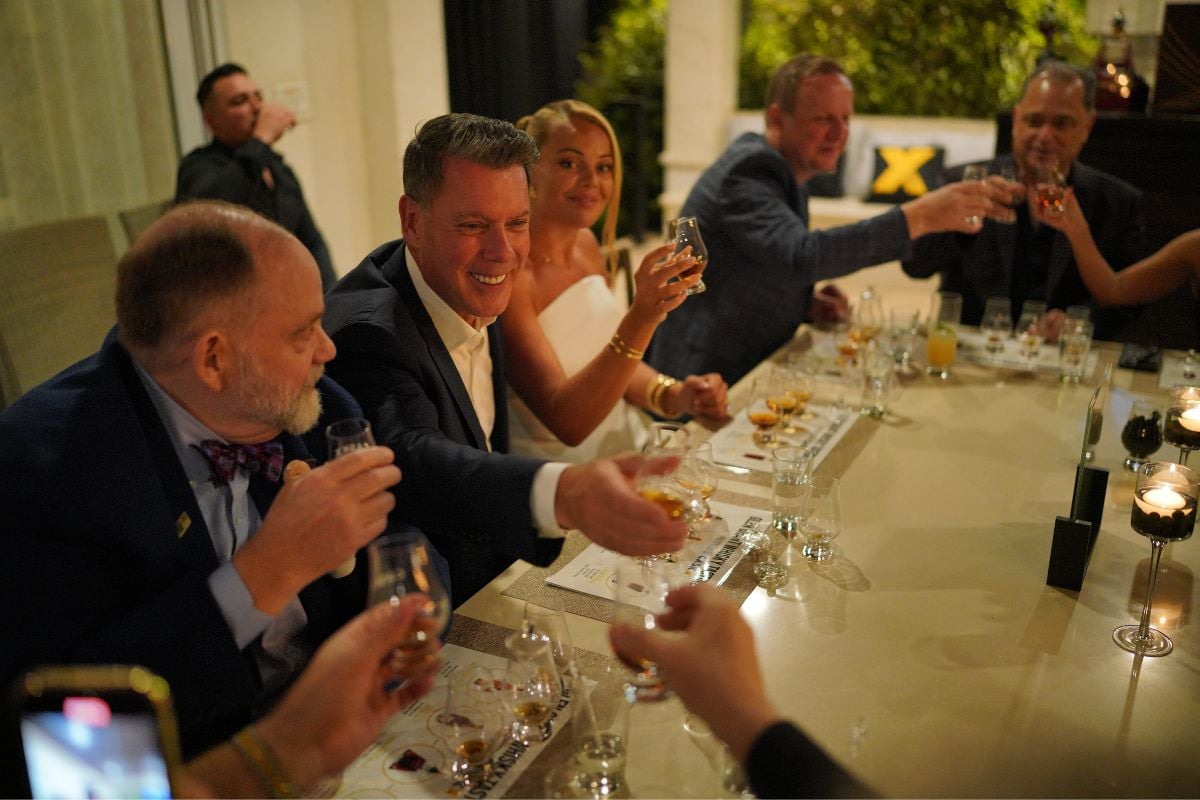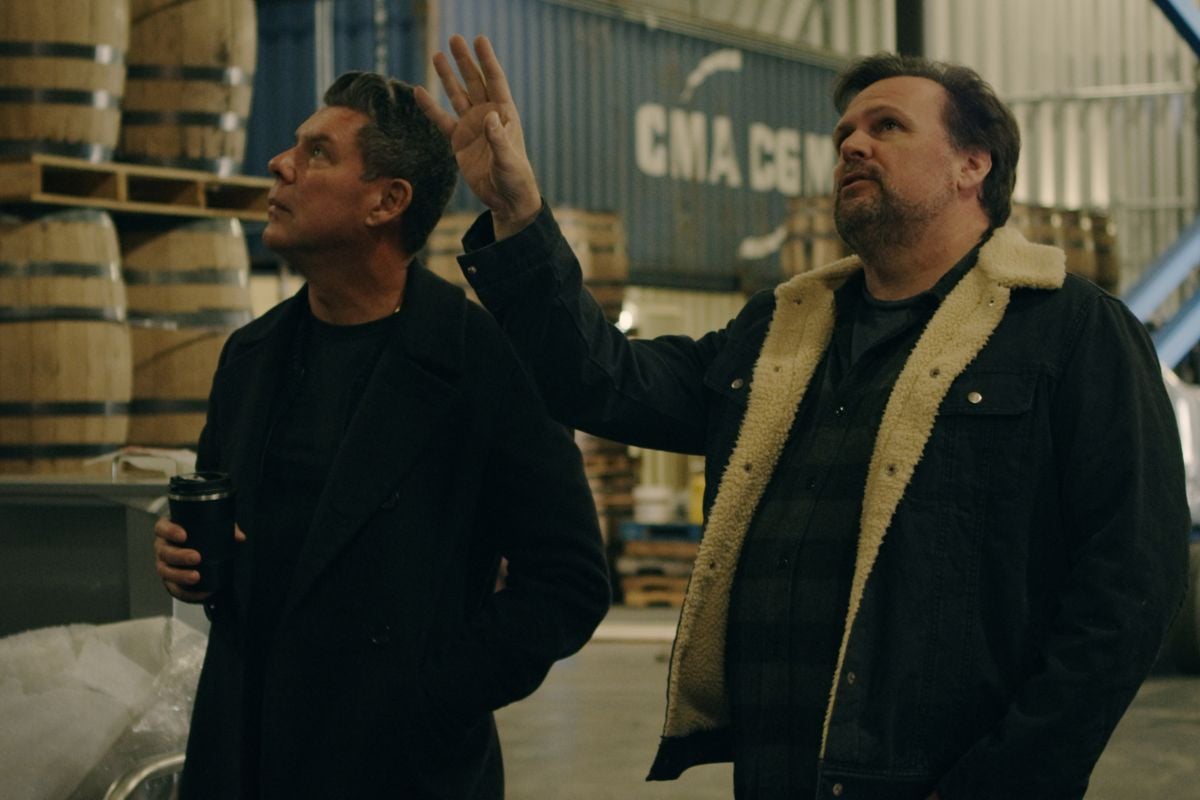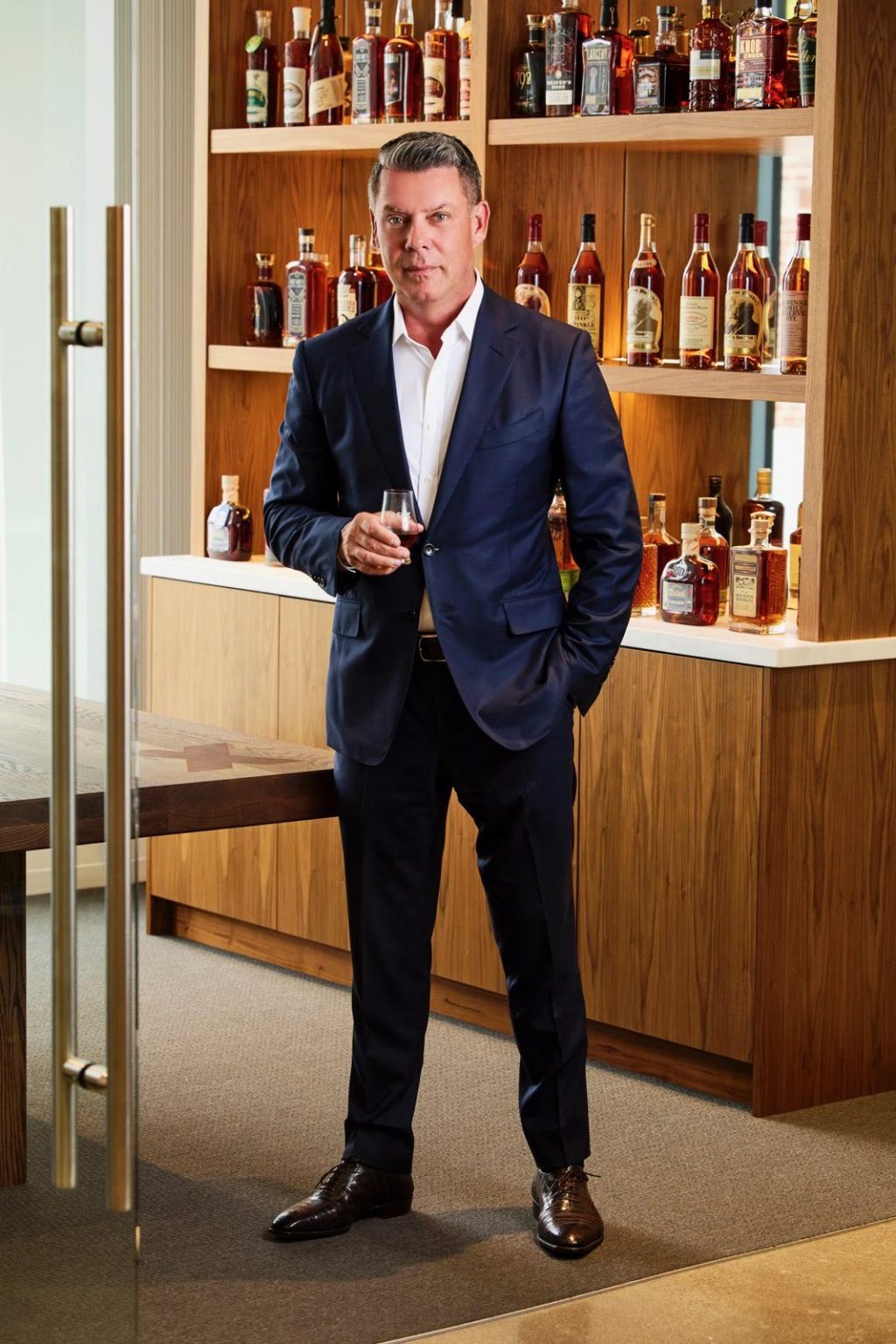Jeremy Kasler, CEO and Founder of CaskX, talks barrels, bourbon booms and why it’s big business to buy and sell within the United States.

In the world of alternative investment options, bourbon barrels are unlikely to be the first thing to spring to mind. And yet, that’s precisely what CaskX is selling – high-end whiskey cask investments that offer clients a unique, colorful, safe and, above all else, lucrative avenue to grow their funds.
CEO Jeremy Kasler’s clever idea came to fruition in the middle of the COVID-19 pandemic, and he launched the business in March 2020, “literally when everyone else was closing down,” he says.
Stranded in Sydney, where Kasler had family, the first iteration of CaskX began operating out of the locked-down ‘Harbour City’ as a means of necessity, purely because people couldn’t travel in or out.
“Initially we were selling barrels of new make scotch to investors,” he tells The CEO Magazine. “So we would source the barrels in quantity from Scotland. Of course, the barrels stay there, in a bonded warehouse. And then we were selling them in smaller numbers to investors in Sydney.”
However, before long, Kasler realized that there was also enormous interest in bourbon barrels of American whiskey, bought and sold within the United States.
Today, Kasler explains, 90 percent of what CaskX handles is bourbon within the American market.
Building on past experience
Boasting more than two decades of experience in specialty finance, alternative asset investment and corporate strategy, Kasler was a seasoned expert when he turned his attention toward barreled bourbon. Melding his passion for whiskey with his entrepreneurial expertise, the innovative company drew on his past ventures, which included founding Art Futures Group in 2010, an investment business specializing in Chinese contemporary art.
What Kasler describes as a “kind of straightforward business model”, CaskX takes the guesswork out of entering the whiskey world for their clients, allowing them to benefit from the relationships formed with the world’s best, top performing distilleries and managing every step of the journey to ensure the highest success rate.
Having sourced and purchased a range of premier bourbon and scotch casks at a variety of price-points, from newly distilled whiskey to well-aged stock, CaskX goes above and beyond in terms of helping its investors navigate the industry.

“It is something that, even without market forces, increases with value over time.”
With each investment, CaskX includes eight years of storage, insurance and federal taxes, as well as aiding in the reselling, bottling and distribution of the cask portfolio when the bourbon has matured and the time has come to monetize the investment. “We look for the path of easiest resistance,” Kasler says. “So we think about the exit strategies for our clients and how either they’re going to sell it or we’ll help to sell on their investments.”
While he explains that the stock market is obviously subject to fluctuations driven by supply and demand, bourbon has, historically, been a relatively sure investment.
“Bourbon, in itself, is a commodity. It is something that is real, it is something that is tangible. And it is something that, even without market forces, increases with value over time,” Kasler says.
“If you make whiskey in a dark room, in a safe space with good provenance for six-to-eight years, even if there’s the same number of buyers, the same number of sellers, the same demand, the same complete market conditions, that liquid is now something that is transformed. So it carries a much higher value. If you wait longer, there are even more impressive returns. So you’ll generally always make money simply from the appreciation of the liquid. It’s very difficult to lose money unless there’s an explosion, in which case you’re insured anyway.”
Exploring untapped markets
Kasler adds that it’s a business model with proven success, particularly in Europe over the past 15–25 years, but that there have been limited companies in the arena based in the United States or Asia until more recently. As a result, CaskX set its sights on these untapped markets, opening offices in Los Angeles as well as Hong Kong.
“The Los Angeles office happened around November 2020, so that all formulated fairly quickly, I think because of the pandemic more than anything,” Kasler explains. “Because everybody was at home, everybody was picking the phone up, everybody had 10, 15 minutes to look at an investment brochure. And of course, people had funds because they weren’t taking holidays or buying shoes or whatever. So it actually kind of worked in our favor.”

“People aren’t necessarily drinking more individually, but they drink a higher standard of scotch. And that same path has been followed with bourbon.”
When creating CaskX, Kasler shrewdly identified a gap in the existing alcohol investment market, specifically in terms of the distinction between whiskey and bourbon.
“There are a number of whiskey investment companies globally, and the proliferation is mainly London, Scotland, a few in Europe and Asia,” Kasler says.
“We could very easily have gone head-to-head and competed in those marketplaces, but we decided a long time ago we wanted to be in America, and ultimately wanted to sell bourbon. So that’s the major difference between us and our competitors, in that they’re selling an established commodity, whereas we are selling an emerging commodity.”
Over the past four years, a fortuitous ‘bourbon boom’ has driven prices up even further, charting a similar trajectory to scotch. “Twenty years ago, people drank Johnnie Walker. It was generic brands that they mixed with Coca-Cola, or if they had it straight, it was something like Black Label,” Kasler explains.
“Whereas now, people aren’t necessarily drinking more individually, but they drink a higher standard of scotch. And that same path has been followed with bourbon.”
The average price of what people are drinking is going up, and new markets such as India, China, Europe and South America are also now embracing different spirits, among them, bourbon.
“So you’ve got the aging process on one hand, and on the other the supply is diminishing and the demand is going up.”



